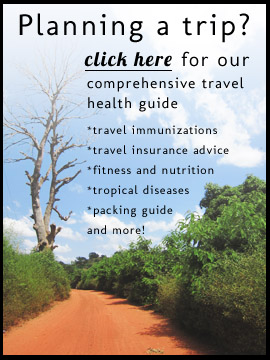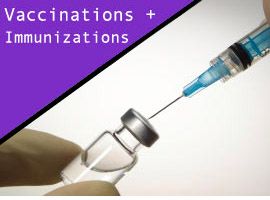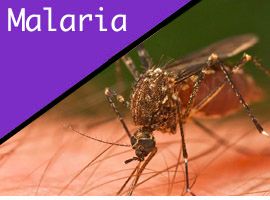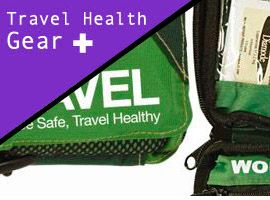It is often thought that flying increases your chances of becoming ill. The small bathrooms that are repeatedly used by dozens of passengers, the tired seats, and my God, the recirculated air. All of these things conjure up images of a microbial feeding frenzy. We have been conditioned to think that we are more likely to catch something on an airplane, but is there any truth to this?
The myth of recirculated air
One of the most common airplane myths is that you are more likely to get sick on a plane because you are sharing the air with everyone. If one person is sick in row 7, they can easily get someone sick in row 31, because the air they exhale gets recycled and circulated elsewhere in the plane.
While some amount of air is recycled on an airplane, most of it comes from outside the plane and all of it runs through selective HEPA filters before it gets to you. HEPA filters remove at least 99% of particulate matter and this includes bacteria and viruses. While the HEPA filters are doing their thing, it’s also important to keep in mind that the air in the cabine refreshes completely around 20 times every hour.
Some people are paying good money to have a mini air supply that they wear around their neck without realizing that the air on the airplane is likely cleaner than the air they breathe in a corporate office.
Where you can get sick on an airplane
Ok, so it’s unlikely that the cabin air will make you sick. That doesn’t mean you are in the clear. There are a few areas on the plane that are concentrated with microbial life. Let’s start with the bathrooms. The bathrooms (if there is more than one, that is) are used by dozens of people on every flight. What’s more, airplane bathrooms are an extremely small space.
Now, this doesn’t mean that you should avoid using the toilet on the plane. What you do need to do, however, is to make sure that you thoroughly wash your hands after using the bathroom. The best way to do this is to wait until after you are out of the bathroom and to then use a hand sanitizing wipe. In any case, make sure that you do not touch your face or any food before washing your hands!
The next refuge of microbial life is your seat, specifically the tray table and the magazines in the seat back. Once again, hand sanitizing wipes can come in handy here, or if you have a clorox wipe that would be even better.
While the seat itself is a concern, there is not much you can do there. There is some evidence that the aisle seats may host the most germs as they are most likely to come in contact with other passengers, and passengers often grab the seats to balance themselves as they go to and from the lavatory. In 2008, an outbreak of the Norovirus on a plane produced more infections in those people who were sitting in the aisle seats.
At the end of the day, the key is to make sure your hands are clean before you eat or touch your face. This is one of the most fundamental rules when it comes to disease prevention and it certainly applies to flying on an airplane. It is not the air that is going to make you sick. It is eating those greasy peanuts after you used the toilet and forgot to wash your hands. While you can make yourself feel better psychologically by taking vitamins and wearing a face-mask, washing your hands is the tried and true defense.
Photo credit: flickr user Captain Kimo












{ 0 comments… add one }